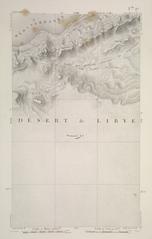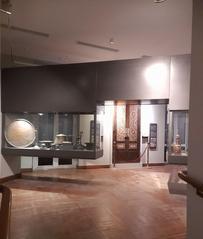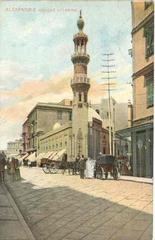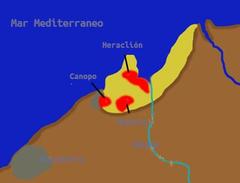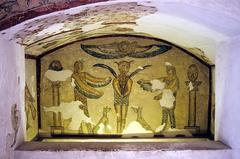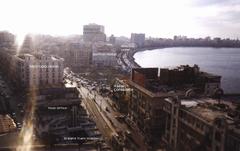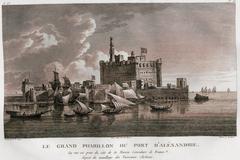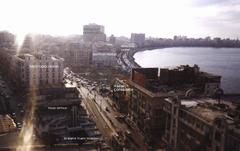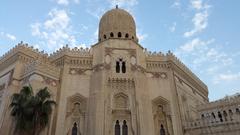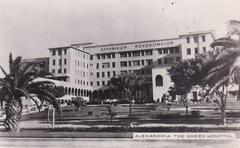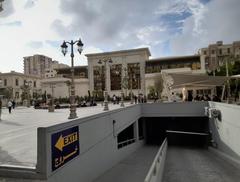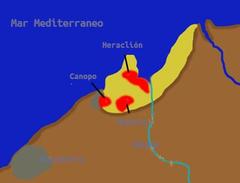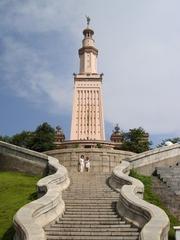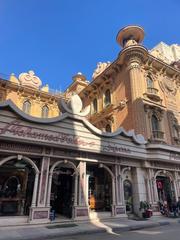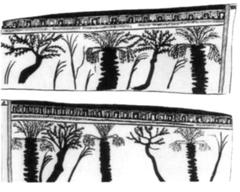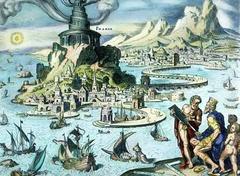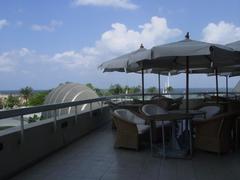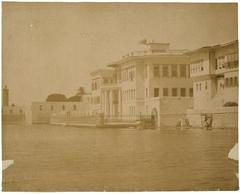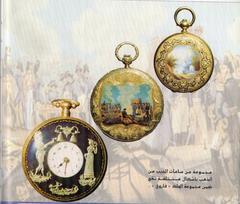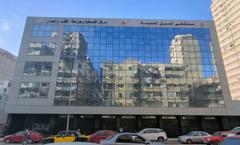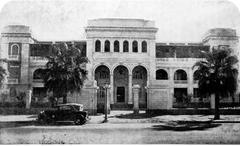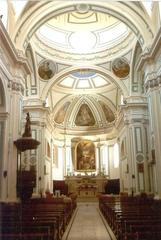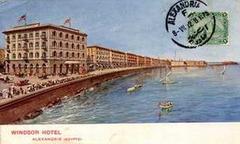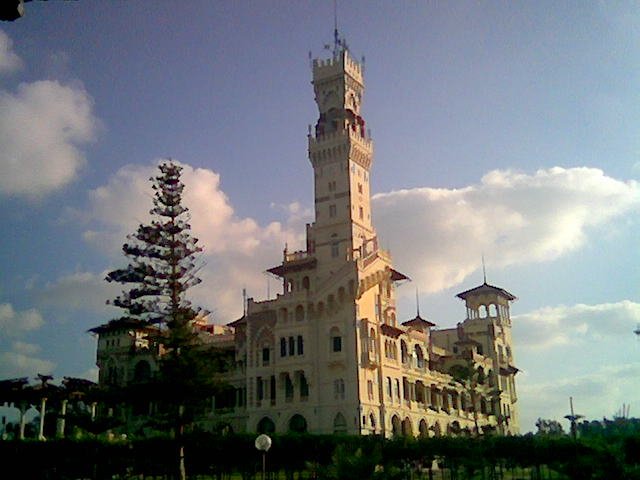
Visiting Montaza Palace: History, Tickets, and Tips
Date: 01/08/2024
Introduction
Montaza Palace, located in Alexandria, Egypt, stands as a magnificent testament to the nation’s royal grandeur and architectural brilliance. Nestled along the Mediterranean coast, this historic complex offers a unique blend of Turkish, Florentine, Moorish, and European Renaissance styles, reflecting the cultural mosaic of Egypt. Commissioned in 1892 by Khedive Abbas II, Montaza Palace was initially conceived as a summer retreat for the Egyptian royal family. Over the years, it has evolved into a significant cultural landmark, embodying the opulence and historical richness of Egypt’s past. The palace complex, which includes the Salamlek Palace and the Haramlek Palace, is surrounded by sprawling gardens that cover approximately 370 acres, offering visitors a serene escape filled with lush landscapes and panoramic views of the Mediterranean (Tour Egypt Club, CSA Living). This article delves into the rich history, architectural marvels, and essential visitor information, ensuring an unforgettable experience for those exploring this iconic site.
Table of Contents
- Introduction
- Origins and Construction
- Architectural Design
- Expansion and Development
- Royal Residents and Historical Events
- Post-Monarchy Era and Public Access
- Preservation Efforts
- Cultural Significance
- Visitor Information
- Visitor Experience
- FAQ
- References
Origins and Construction
Montaza Palace, located in Alexandria, Egypt, is a testament to the opulence and grandeur of Egypt’s royal history. The palace complex was commissioned by Khedive Abbas II in 1892, who envisioned it as a summer residence for the Egyptian royal family. The location was strategically chosen along the Mediterranean coast to provide a cool respite from the relentless heat of Cairo. The initial structure, known as the Salamlek Palace, was designed by Greek-born architect Dimitri Fabricius Pasha, who served as the court engineer and Director of Khedivial Palaces (CSA Living).
Architectural Design
The architectural design of Montaza Palace is a harmonious blend of Turkish and Florentine styles, reflecting the cultural mosaic of Egypt during that era. The Salamlek Palace, initially built as a hunting lodge and summer getaway, featured intricate details from the Belle Époque era, including elaborate ceilings and mosaic-tiled floors. The palace’s design seamlessly merges with the surrounding gardens, creating an aesthetic harmony of natural and man-made beauty (Tour Egypt Club).
Expansion and Development
In the 1920s, King Fouad I expanded the Montaza complex by commissioning the construction of the Haramlek Palace. Designed by Italian architect Ernesto Verruci, the Haramlek Palace served as the royal family’s summer residence. The palace is a stunning example of the influences that drove design in Egypt, from remnants of Ottoman rule to the flourishing Italian community that lived in the country at the time. The Haramlek Palace, with its mix of Florentine and Turkish architecture, became a key cultural landmark of Alexandria (CSA Living).
Royal Residents and Historical Events
The halls of Montaza Palace have hosted Egyptian royalty since its inception. Khedive Abbas II was the inaugural resident, marking the palace’s early association with the elite rulers of Egypt. Despite Abbas II’s exile, the palace retained its regal allure under the subsequent rule of King Fuad I. However, it was during the reign of King Farouk that Montaza truly reached the zenith of royal opulence. King Farouk, renowned for his lavish and extravagant lifestyle, transformed the palace into a vibrant center of grandeur. The palace played host to dignitaries and royal festivities, solidifying its status as a symbol of regal extravagance (Tour Egypt Club).
Post-Monarchy Era and Public Access
The 1952 revolution marked a significant turning point for Montaza Palace. The complex was seized by the Egyptian government and subsequently opened to the public. This transformation included the conversion of the gardens into a public park, the Salamlek Palace into a hotel, and the Haramlek Palace into a museum. At some point, the Haramlek was even converted into a casino, although this was short-lived. Anwar el Sadat, Egypt’s third president, famously enjoyed spending his summers at Montaza, further cementing its status as a cultural and historical landmark (CSA Living).
Preservation Efforts
In recent years, Montaza Palace has become the focus of concerted preservation efforts. These initiatives emphasize the importance of safeguarding its rich historical legacy. Efforts are underway not only to maintain the palace’s structural integrity but also to meticulously restore its intricate details. This dedication to preservation reflects a commitment to providing a tangible connection to Egypt’s royal past. The palace gardens, once witnesses to grand royal festivities, have been transformed into a carefully nurtured oasis, serving as a captivating portal to a bygone era (Tour Egypt Club).
Cultural Significance
The cultural significance of Montaza Palace extends far beyond its architectural splendor. Today, the palace has transformed into a vibrant cultural nucleus, playing a pivotal role in preserving and showcasing Egypt’s rich heritage. By hosting a myriad of events, exhibitions, and cultural festivals, Montaza becomes a dynamic conduit for celebrating the nation’s multifaceted history. It acts as a bridge, seamlessly connecting the past with the present, inviting visitors to immerse themselves in the captivating historical narrative of the region (Tour Egypt Club).
Visitor Information
Visiting Hours: Montaza Palace is open daily from 8 AM to 5 PM.
Ticket Prices: Entry to the palace grounds is approximately 25 EGP for Egyptian residents and 50 EGP for foreign visitors. Prices may vary, so it is advisable to check the official website or contact the venue for the most current information.
Accessibility: The palace grounds are wheelchair accessible, and there are ramps available for easier navigation. However, some areas within the palace buildings may have limited accessibility.
Travel Tips: It is recommended to visit early in the morning or late in the afternoon to avoid the midday heat. Wearing comfortable shoes is advisable as the grounds are extensive and require a fair amount of walking.
Nearby Attractions: While in Alexandria, consider visiting the Alexandria National Museum, the Bibliotheca Alexandrina, and the historic Fort Qaitbey, all of which are within a short distance from Montaza Palace.
Visitor Experience
For contemporary visitors, Montaza Palace offers a unique and immersive experience. Guided tours unfold the lives of the rulers who once graced its halls. As one navigates through regal corridors and explores manicured gardens, the echoes of the past become tangible, offering a sensory journey through Egypt’s royal history. The extensive grounds, adorned with fountains and statues, beckon visitors to traverse the corridors of history, making Montaza an indispensable destination for those seeking a profound connection with the country’s rich history (Tour Egypt Club).
FAQ
What are the opening hours of Montaza Palace? Montaza Palace is open daily from 8 AM to 5 PM.
How much are tickets to Montaza Palace? Entry to the palace grounds is approximately 25 EGP for Egyptian residents and 50 EGP for foreign visitors. Prices may vary, so it is advisable to check the official website for the most current information.
Is Montaza Palace wheelchair accessible? The palace grounds are wheelchair accessible, and there are ramps available for easier navigation. However, some areas within the palace buildings may have limited accessibility.
Conclusion
Montaza Palace stands as more than a physical edifice; it is a living chronicle of Egypt’s royal heritage. From its inception as a royal retreat to its metamorphosis into a cultural landmark, the palace has withstood the sands of time. Today, as it opens its doors to the public, Montaza beckons all to witness and appreciate the grandeur of Egypt’s regal legacy. The meticulous preservation efforts ensure that the essence of its culture and historical significance endures for generations to come, inviting each visitor to immerse themselves in the enchanting narrative of the past (Tour Egypt Club).
References
- CSA Living. (n.d.). Al-Montaza: The Story of Two Alexandria Palaces and Their Surrounding Gardens. https://csa-living.org/oasis-blog/al-montaza-the-story-of-two-alexandria-palaces-and-their-surrounding-gardens
- Tour Egypt Club. (n.d.). Al Montazah Palace History. https://www.touregyptclub.com/en/al-montazah-palace-history/

